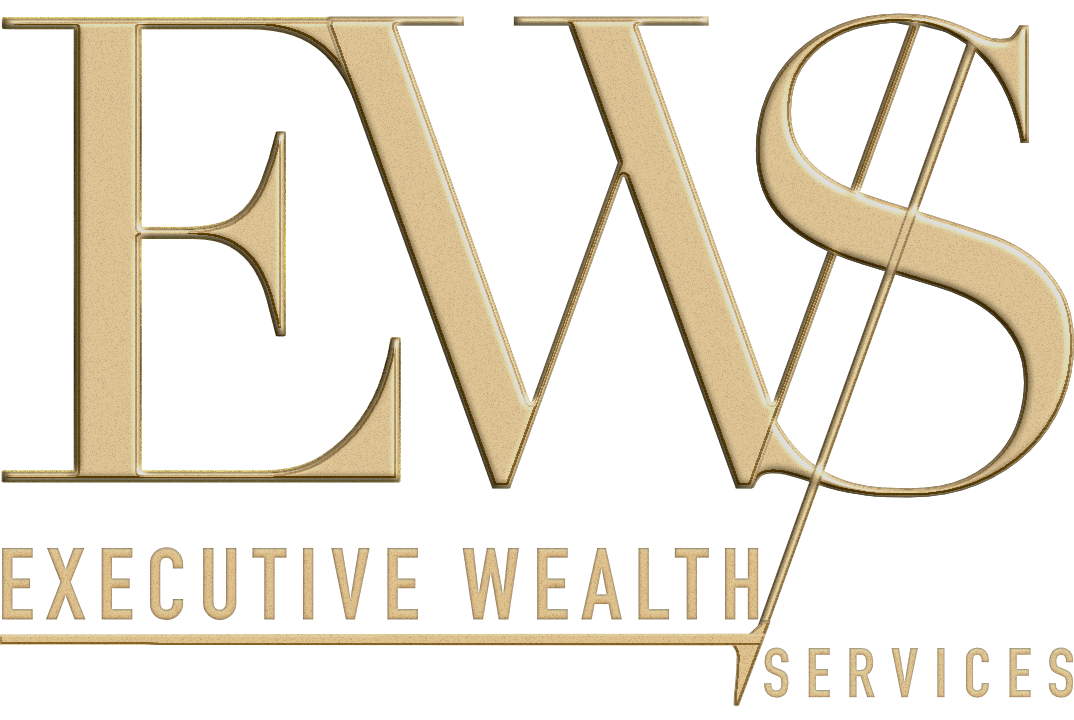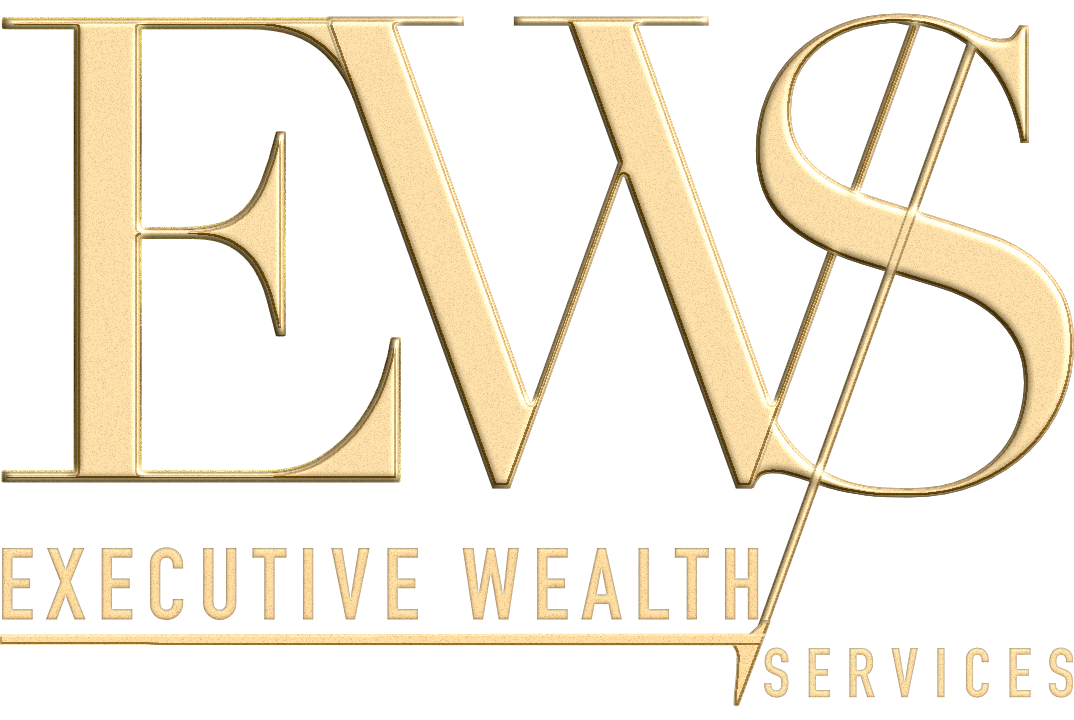2020 Tax Planning Clinic
David Garvey • March 29, 2020
Online Tax Planning Clinic in Edinburgh

With a public health crisis upon us, many executives and business owners are stretched just trying to stay above water, far less manage their own financial and tax affairs. However, Executive Wealth Services, an Edinburgh based firm of Chartered Financial Planners, is offering a last-minute tax planning clinic for those yet to do what they should have already done. As we approach the 6th April EWS Financial Advisers are offering a full financial planning service via facetime/skype/zoom, email, phone and post.
Most people are aware that it is shrewd to hold savings or investments
in tax-efficient ISA wrappers where returns and income/capital withdrawn are tax free. The two most popular ISA types are cash and stocks and shares. Each UK adult can invest up to £20,000 across these in the 2019/20 tax year and £20,000 in the 2020/21 tax year which is just around the corner. Using a spousal allowance can double the amount you can put away in one tax year, which means that over two tax years a household is effectively able to place £80,000 into tax free investments.
David Garvey, Chartered Financial Planner
and MD of Executive Wealth Services comments, ‘The carrot is that investment markets present fantastic value for those who have been sitting in cash while stock markets have dropped in value across the globe. With carrots there’s usually a stick - cash returns are reduced to almost zero after the Bank of England’s most recent slashing of rates. People should not be put off by the idea of a stocks and shares ISA, there is a broad spectrum of investable assets available through a stocks and shares ISA from very low risk all the way through to those with a more adventurous attitude. Most clients have a cautious or moderate risk profile and we have fantastic solutions which have a track record of growing well beyond that which cash returns.’
Investing in an ISA is also productive way to supplement retirement income, as withdrawals are tax free. If you don’t use your ISA allowance in any given year, you lose it.
Junior ISAs (JISAs)
Children also have an annual allowance of £4,368 (2019/20) in a Junior ISA with the chancellor announcing in the budget earlier this month that this sum will rise to £9,000 in 2020/21. This provides a fantastic opportunity for parents and grandparents to invest a fantastic £13,368 towards the huge educational and ‘first time buyer’ costs the younger generation will undoubtedly face in the future.
JISAs (Junior ISAs) and the pensions for children can also become a catalyst for a lifetime of successful financial management.
Pension Planning
The other big area for consideration at this time of the year is pension planning, given the significant tax reliefs available and annual pension allowances are tied to the tax year. It is possible to pay up to £40,000 a year with tax relief, providing there are relevant earnings. It is also possible to use ‘carry forward’ process which allows the inclusion of unused allowances from the previous three tax years. This sets the maximum at £160,000.” Higher rate carry-forward tax reliefs can be settled via your tax return and EWS are happy to liaise with your accountant and any other professional advisers to help maximise reliefs.
Even where there are no earnings you can still pay in £2,880, which will be topped up to £3,600 by the government, it’s a simple and effective way to get a 20% tax relief return on your money immediately, rather than having funds languishing in dormant cash accounts. These contribution options are generally used where there is a non-earning spouse. However, they can be also used to establish pensions for children and grandchildren and given that workplace pensions are generally becoming less generous the more that can be done to kick start the retirement saving of the young earlier on is a great head start.
Capital Gains Tax (CGT)
Perhaps the most forgotten about allowance out all of the taxation allowances available to investors is the Capital Gains Tax (CGT) Allowance. If an investor has gains within their portfolio’s they should be utilising their allowance of £12,000 per annum to crystallise gain to rebase their investment positions. This allowance rises to £12,300 after April 6th.
Those who earn more than threshold income of £50,000 or £10,000 per annum should be aware of the consequences of these earnings. Exceeding £50,000 reduces entitlements to child benefit at a rate of 1% for every £100 earned above that figure – thus you have zero entitlement when earnings reach £60,000. For those earning above the £100,000 limit it your annual ‘personal allowance’ that takes the hit. Every £2 earned above £100,000k will knock £1 off your personal allowance (£12,500 in 2019/20) until it disappears completely at £125,000. If earnings aren’t too far above the thresholds a contribution to a pension and/or a donation to charity can bring your earnings below the thresholds.
Alternative Investments
For more sophisticated and experienced investors there are investments such as venture capital trusts (VCTs) and enterprise investment schemes (EIS). These vehicles offer significant tax advantages for those wanting to take advantage of the annual allowances (£200,000 for VCTs and £1 million for EISs in 2019/20). Investing in VCT and EIS confers income tax relief of up to 30%, helping to reduce tax bill which may have accrued in the tax year in which the investment is made. In addition, VCTs offer tax-free dividends, and after two years your holding in an EIS will be outside your estate for inheritance tax purposes. However, these investments are not for widows or orphans and suitable only for sophisticated investors due to their high-risk disposition.
There is a massive opportunity, even at this late stage in the tax year for individuals, to reduce their tax bills for 2019-20 and make a start on good financial housekeeping for 2020-21. In light of the reduction in bank interest returns to virtually zero it is imperative that everyone reviews their cash position and seek alternatives, where appropriate.
Confidential Tax Advice
Please call author and Chartered Financial Planner David Garvey, Managing Director of EWS Financial Advisers
on 0131 564 1222 or email direct - david@ewsfinancialadvisers.co.uk
EWS Blog

Investors may be missing out on tens of thousands of pounds due to highly charged pension and investment contracts. In some cases, savings are being poured into pension and investment portfolios which are packed with hefty charges and advisors’ fees which may not be as obvious as they could be. Often, the performance of popular packaged investment solutions do not achieve what is hoped, leaving them even further out of pocket. According to Chartered Financial Planner David Garvey, Managing Director of Edinburgh-based Executive Wealth Services (EWS), the double hit on their savings can add up to significant amounts of money which many investors don’t even realise they are losing. Recent portfolio reviews carried out on behalf of up to 70 investors by EWS revealed every one of them to be haemorrhaging money which, with alternative and more appropriate advice, could have stayed in their own accounts. It means some high-level investors may reach retirement age short of thousands of pounds. The findings have led Mr Garvey to urge investors to undertake a full review of their financial portfolios to ensure they are not among many losing out on precious income and capital growth. He said: “There are lots of packaged investment products out, especially those offered by large insurance companies, where investors are being shoe-horned in by the via advisory distribution channels but which are loaded with costs and fees.” “I am concerned that in some cases, they are being encouraged to invest to help suit their adviser’s income requirements rather than to achieve the best outcomes for their money. “Investors should ask themselves what is in it for who is advising them, and why are they directing their investments towards certain kinds of ‘active’ investment portfolios which tend to attract higher charges. “My concern is that clients are being pushed into underperforming investments and are paying through the nose for them, yet the advisers continually benefit.” A key concern surrounds the number of investors guided towards ‘active investing’, in which analysts buy and sell investment instruments in an effort of beating the market, large scale studies over decades by many prestigious bodies and institutions shows that this rarely works as a strategy. The style of investing can be touted as offering good investment potential, however Mr Garvey warns that investors can sometimes be unaware that portfolio managers often quote returns without including management fees. That can lead to them ploughing money into an ‘active’ portfolio hoping for higher returns, unaware that they are being hit by mounting transaction and fund management costs, plus annual platform and advisory fees. These comments are endorsed by the Financial Conduct Authority ‘sector review’ last week which assesses potential financial losses over the next 5 years of some £40bn due to unsuitable product choices or investment strategies which it states could cause ‘significant consumer harm’. Instead, a ‘passive’ low cost index tracking fund which limits buying and selling of stocks and shares is often a more cost-effective choice. “A passive strategy requires a buy-and-hold mentality that resists the temptation to react or anticipate the market’s every move,” says Mr Garvey. “In our experience the difference in annual costs of investing passively as opposed to actively can be as much as 1-2.5% additional cost per annum. In round figures that can be as much as £12,500 on a portfolio value of £500,000. “Over the lifespan of an investment portfolio - which can be as long as two or three generations when the portfolio is subject to intergenerational succession - these costs can be hugely detrimental to the net return achieved by the investor.” "I would urge investors to consider a free, no obligation financial health check which can help highlight areas within their financial portfolio which are under-performing or are being eaten into by unnecessary costs and fees." We are an independent, fee-based financial adviser firm regulated by the FCA, with extensive experience of helping investors achieve the best possible return while ensuring portfolio management costs are clear, fair and transparent. To find out more and arrange a free ‘second opinion’ on a financial portfolio, just contact us - there's always a hot coffee on the go ;)

Whenever there’s a discussion about active or passive investing, it can pretty quickly turn into a heated debate because investors and wealth managers tend to strongly favour one strategy over the other. At EWS (Executive Wealth Services), the central investment proposition leans toward a passive approach to investments, on the basic principle that keeping costs as low as possible is a cornerstone of maximising client outcomes. Passive investing is also in keeping with our clear, fair and transparent approach to investment affairs in that passive fund managers tend to quote returns net of charges whereas most active managers tend to quote their returns gross. In our experience the difference in annual costs of investing passively as opposed to actively can be as much as 1 to 2.5% additional cost per annum, in round figures that can be as much as £12,500 on a portfolio value of £500k. Over the lifespan of an investment portfolio which can be as long as two or three generations when the portfolio is subject to intergenerational succession, these costs can be hugely detrimental to the net return achieved by the investor. It should be remembered that on top of fund management costs, annual platform and advisory costs will also be payable pushing up the costs and the ‘hurdle rate’ of a portfolio even further. As if the demands on the portfolio after this were not substantial enough the conscientious investor must always add inflation into his calculation when determining his ‘Real Return’. Thus, in a number of portfolio’s that we at EWS have reviewed and analysed in the recent past we have saved our clients significant sums on their annual charges and provided an environment more conducive to growth. What is Active Investing? Active investing, you’ll not be surprised to learn, requires someone to act in the role of portfolio manager. The goal being to beat the stock market’s average returns and be able to immediately take advantage of short-term price fluctuations. The role requires a much deeper analysis and the expertise to know when to buy into or out of a particular stock, bond, or other asset. A portfolio manager usually oversees a team of analysts who look at qualitative and quantitative factors, then make educated choices to try to determine where and when that price will change. So, while the active money manager will argue they’ll perform better in a rising market, they also argue that they will lose less in a falling market. Active investing requires investor confidence that whoever is investing the portfolio will know exactly the right time to buy or sell. Successful active investment management requires being right more often than wrong. The SPIVA Scorecard is a robust, widely -referenced research piece conducted and published by S&P DJI that compares actively managed funds against their appropriate benchmarks on a semi-annual basis. They offer analysis on actively managed funds performance in the following countries and regions: Australia, Canada, Europe, India, Japan, Latin America, South Africa, and the U.S. The SPIVA scorecard highlights that, “…actively managed funds have historically tended to underperform their benchmarks over short- and long-term periods. This has tended to hold true (with exceptions) across countries and regions. Another recurring theme is that even when a majority of actively managed funds in a category have outperformed the benchmark over one time period, they have usually failed to outperform over multiple periods.” https://us.spindices.com/spiva/#/about The SPIVA card scores 78.52% of Large Cap funds in the US underperformed S&P 500 in the US over the five years to June 30th 2019. In Europe, over the same time period, 77.53% of actively managed funds underperformed the S&P Europe 350 index. These statistics have been confirmed and reconfirmed for many years by the most robust academic research. What is Passive Investing? If you’re a passive investor in low cost index tracking fund you limit the amount of buying and selling within portfolios, making it a very cost-effective way to invest - not least to avoid transaction costs of every buy or sell action. A passive strategy requires a buy-and-hold mentality that resists the temptation to react or anticipate the market’s every move. The prime example of a passive approach is to buy an index fund that follows one of the major indices like the FTSE 100 or 250. Whenever these indices ‘promote’ or ‘relegate’ their constituents, the index funds that follow them automatically revise their holdings by selling the stock that’s leaving and buying the stock that’s joining the index. This is why a ‘promoted’ stock into one of the major indices is no small matter - it guarantees that the stock will become a core holding in thousands of major funds. When you own tiny pieces of thousands of stocks, you earn your returns simply by participating in the upward trajectory of corporate profits over time via the overall stock market. Successful passive investors keep their eye on the prize and ignore short-term setbacks or even sharp downturns. It is possible to blend in huge levels of asset class, geographical and investment sector diversification into the index tracking philosophy to create blended off the shelf investments suitable for the average retail investor. Hollywood and novelists tell big stories filled with buying and selling stocks and bonds and all of the associated jargon – but they distance the average investor from the data that informs. Investing can be a very simple and cost-effective process. The barriers to understanding often result in investors feeling out of their depth and so place their trust in sales orientated advisory solutions which are actually detrimental to the life objectives that they are trying to satisfy. In summary, you may think a professional investment manager’s skill, vast financial resources and all that technology would trump a basic index fund? Generally, they don’t. If we look at performance and cost, in our opinion passive investing works best for most retail investors. Study after study (over decades) shows disappointing results for active management. Only a small percentage of actively managed funds ever do better than passive index funds. Accepting that passive investment is the most appropriate avenue for the vast majority of our clients allows us to spend more time honing the critical factors of their investing, i.e. their motivations and objectives. By minimising costs and maximising performance we find that more and more of our clients are able to enjoy the fruits of their decisions; for family, health and wellbeing. It is as true now as ever it was; investment philosophies should be all about alignment to each client’s specific goals and risk profile. Author and Chartered Financial Planner David Garvey BA APFS is Managing Director of EWS Financial Advisers Tel – +44 (0)131 564 1222 EWSFinancialAdvisers.co.uk are a fee-based independent financial adviser firm regulated by the FCA.



